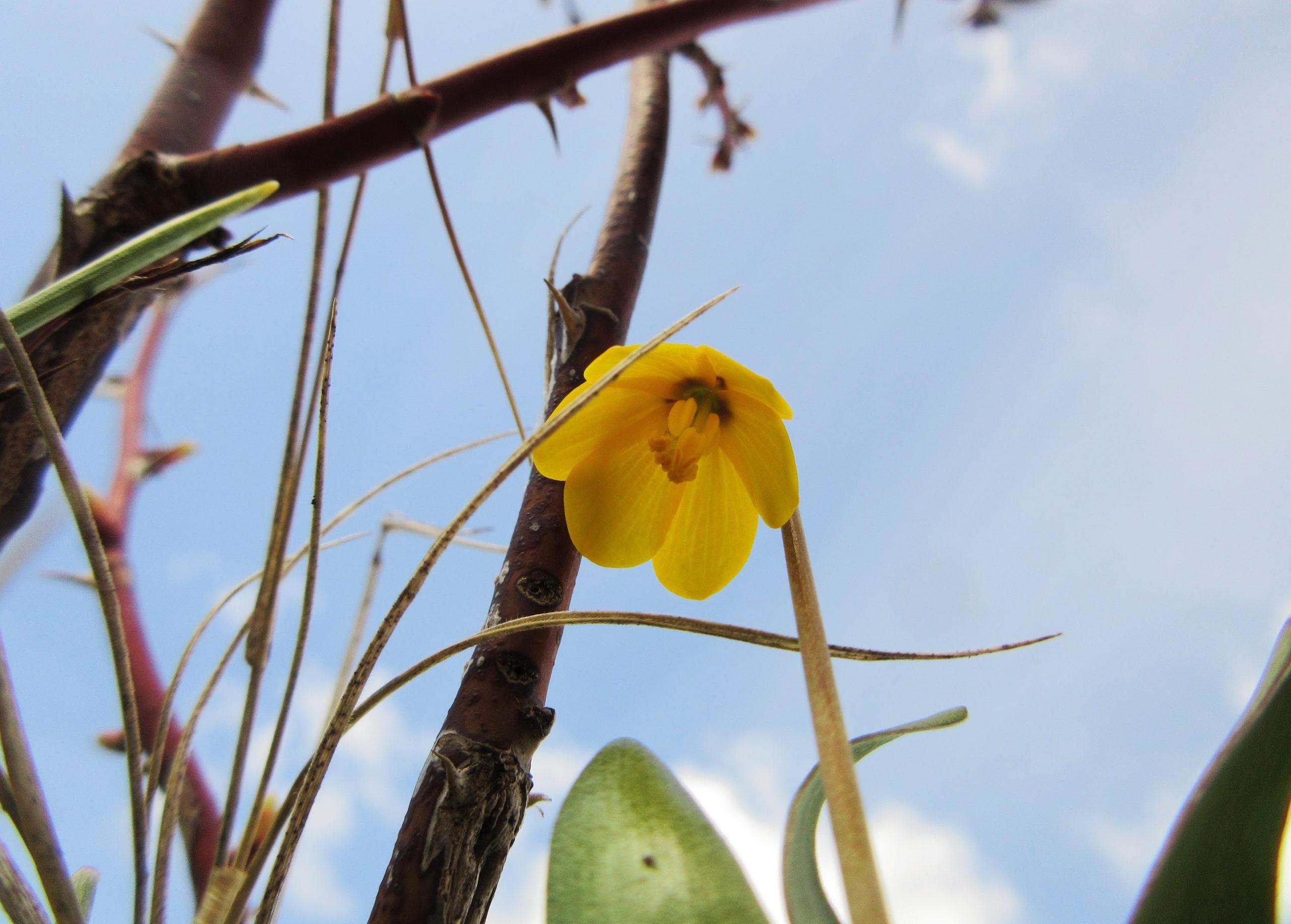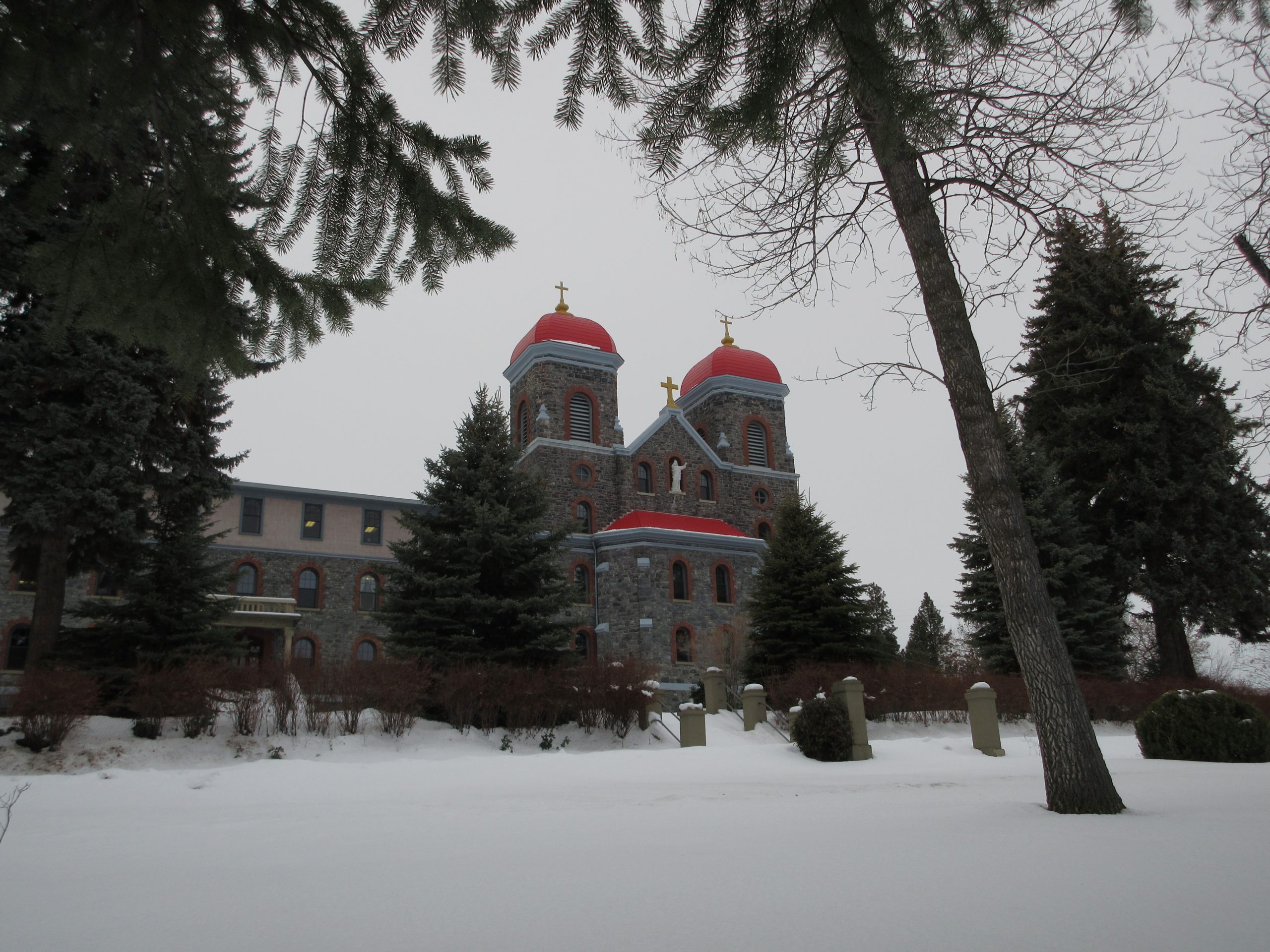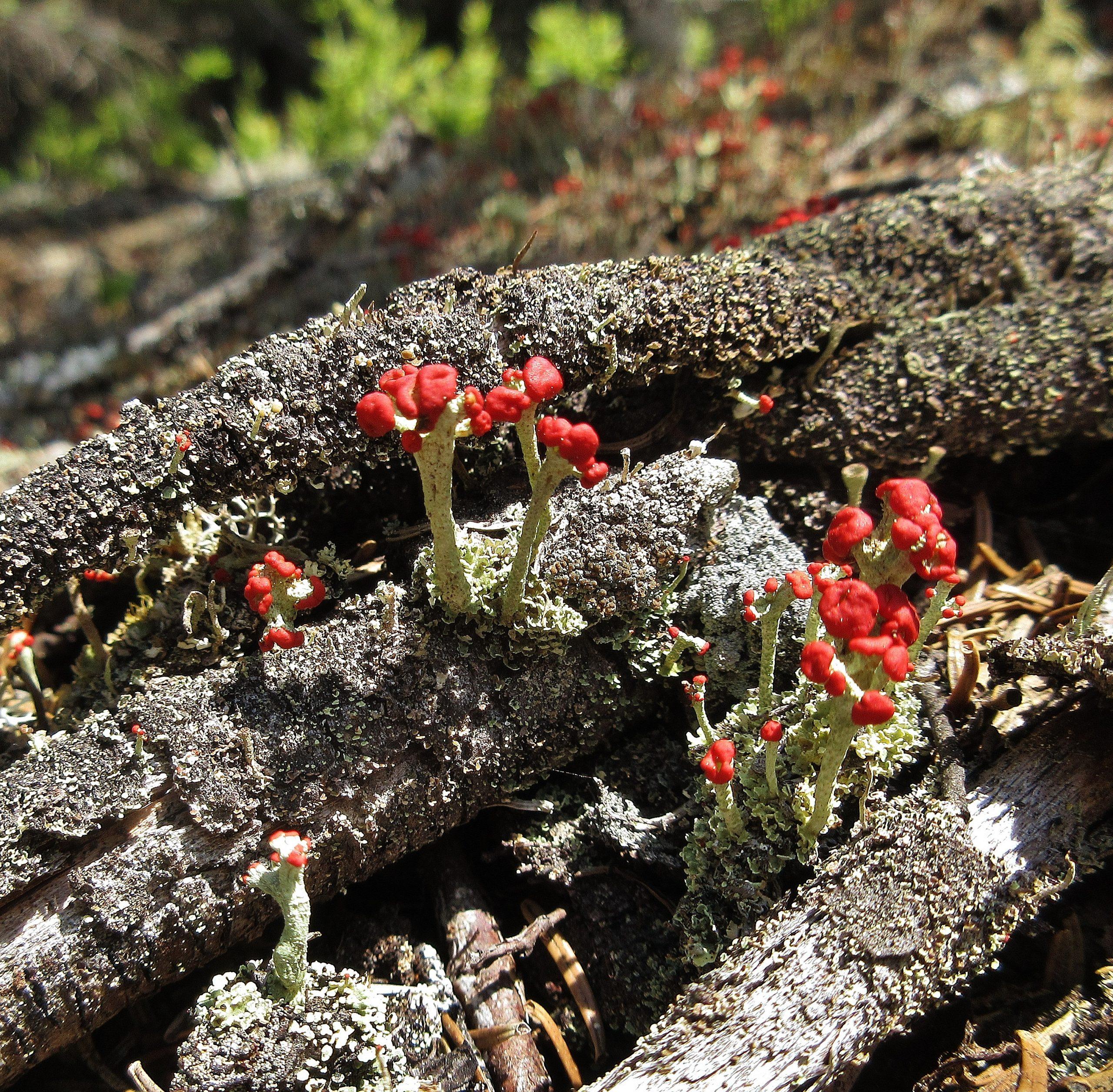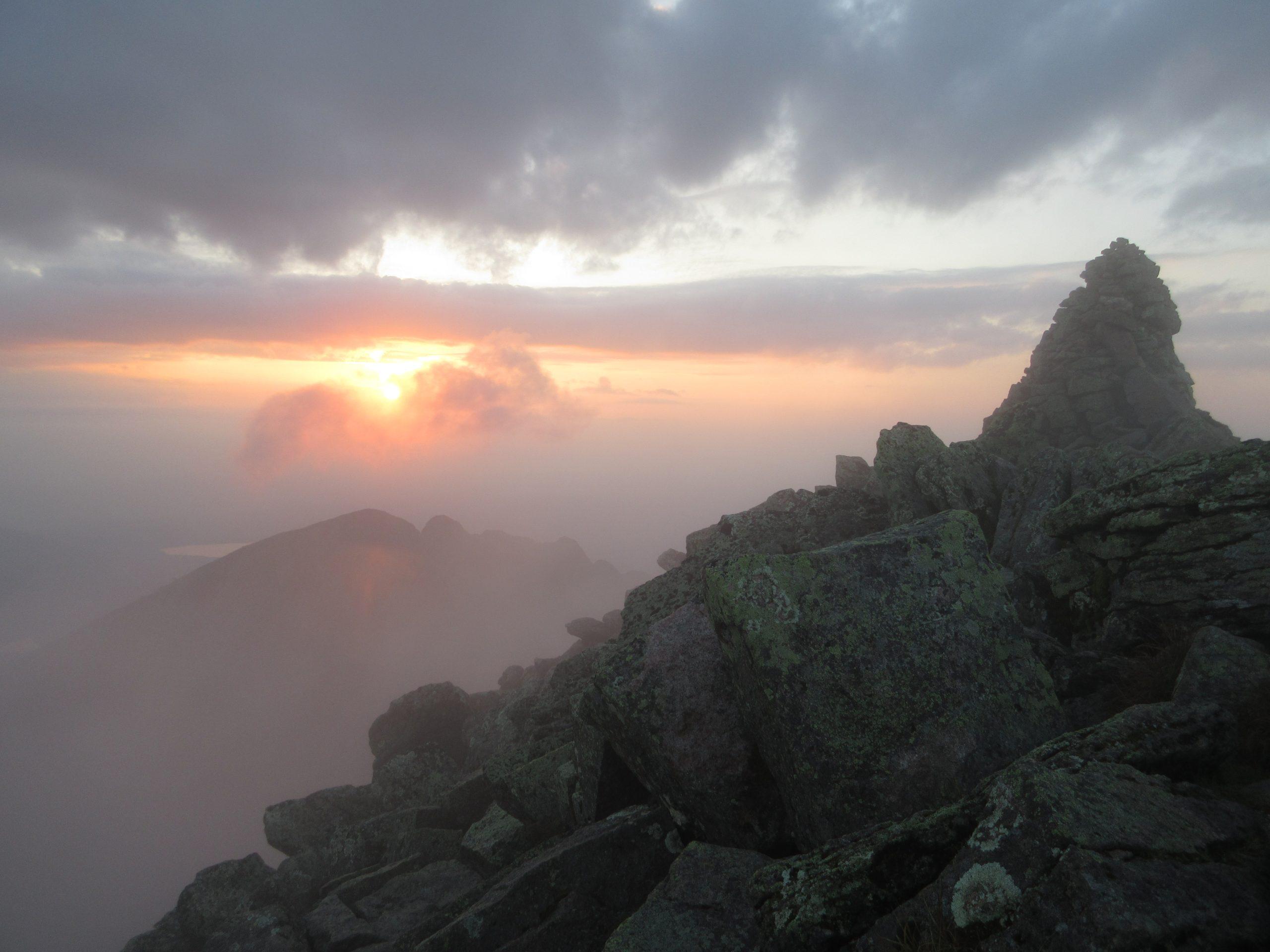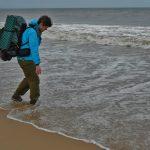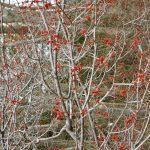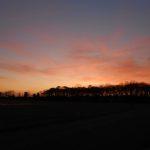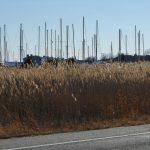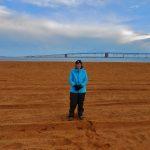The Summer Solstice marks the Northern Hemisphere’s closest approach to the sun. It’s the official start of summer, with the year’s longest day and shortest night: in the Maine Woods, we have seven hours more daylight than at the Winter Solstice. This year in the eastern U.S., the Summer Solstice fell on June 20 at 11:32 PM.
Last year’s Winter Solstice fell on December 21. That morning, I stood on the shore of First Roach Pond, just below my cabin, to watch as the sun rose above the White Cap range (https://www.wendyweiger.com/the-longest-night-winter-solstice/). I decided to celebrate the dawn of summer from the opposite perspective: standing on the summit of White Cap Mountain, looking down on my land and the vast forest that surrounds it. On June 20, I was scheduled to work at the Appalachian Trail Conservancy’s Visitor Center in Monson, but I decided that sunrise on June 21 – technically, the sunrise closest to the moment of the Solstice – would work just as well.
On the evening of the 20th, I left Monson and drove home to my cabin (during my workweek, I sleep in a room I’ve rented in town). I settled in, ate a late supper, and took a brief nap in my rocking chair.
Around 12:30 AM, I laced up my hiking boots and headed out into the night, with somewhat mixed feelings. I was eager for adventure, but my cozy bed looked very enticing. In the end, my sense of adventure prevailed – as it usually does. In my trusty Subaru, I navigated a maze of gravel logging roads, parking at an unmarked gate. I got out of my car, strapped on my pack, and checked my watch. It was 1:24 AM. I walked around the gate, continued on foot to the spot where the Appalachian Trail crosses the road, turned south, and began climbing through dark woods, using a headlamp to light my way.
I had gone nearly two miles up the trail when my nose informed me I was approaching a landmark. I detected a faint smoky scent lingering from old campfires. I soon reached the lean-to on Logan Brook, where several long-distance hikers were sleeping soundly, with more hikers in tents scattered nearby.
From there, the trail ascended steeply. After another mile, I emerged from the trees onto the rocky summit dome. Though it was only 3:47 AM, the northeastern horizon glowed red and orange. I proceeded to my favorite vantage point and sat down on a convenient rock to watch the show.
There was musical entertainment as well, as mountaintop birds greeted the new day. I’ve spent enough dawns atop summits that I knew who the predominant singers would be, and as each joined the celebration, I welcomed them as old friends: Swainson’s thrushes, dark-eyed juncos, white-throated sparrows.


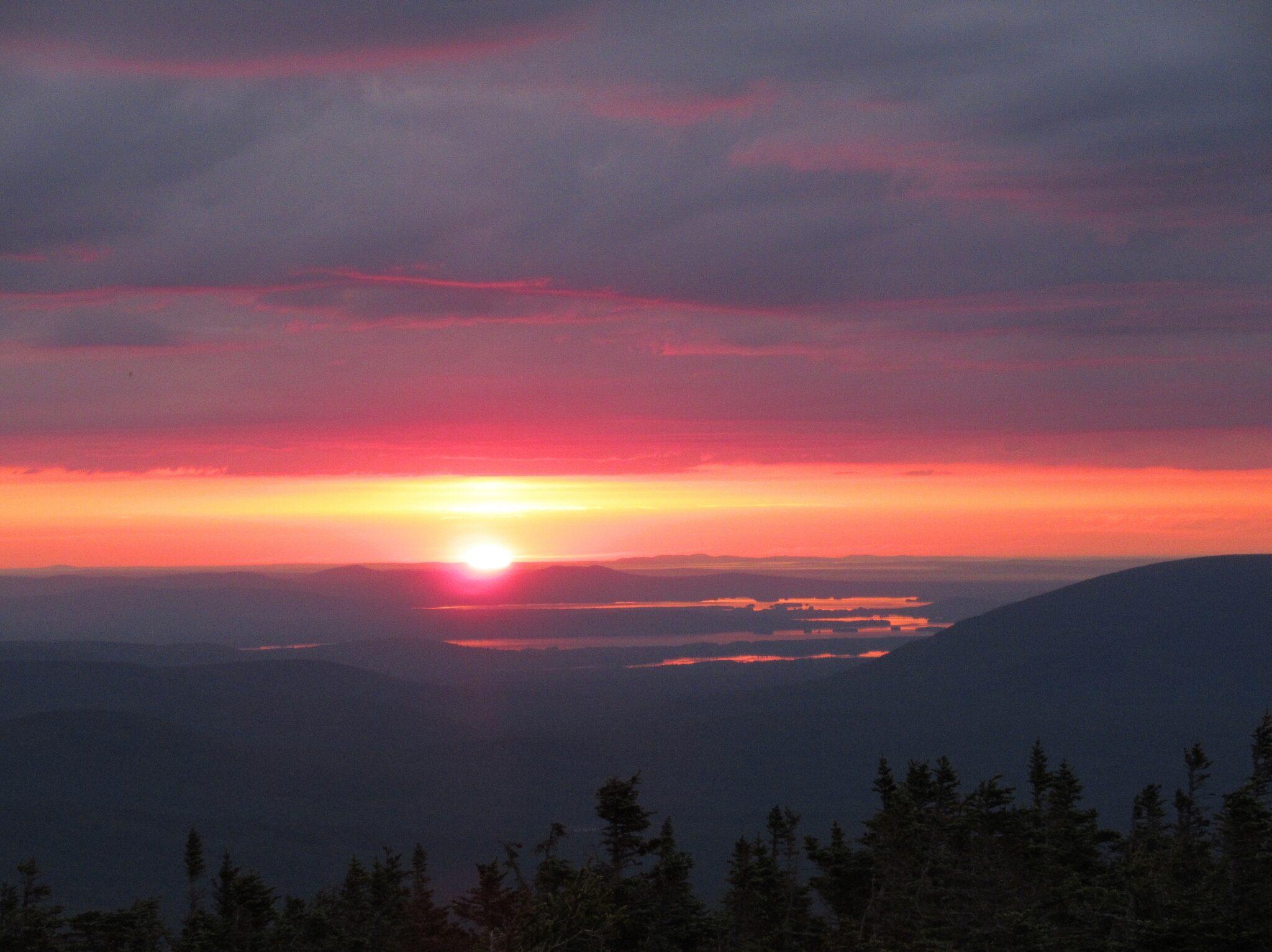
As the sun arced higher in the sky, I followed a longstanding personal tradition. I filled a clear cup with sparkling water, raised it to catch the golden rays, and drank. It takes eight minutes for light to travel from the sun to Earth, which means that I swallowed photons – light particles – that had left the sun’s fiery surface just eight minutes before. I like to imagine that this infusion of summer photons is stored in some reservoir deep within my body, ready to keep me warm in winter’s bitter cold. Though there’s no physical basis whatsoever for this fanciful concept, I can vouch for its psychological effectiveness.

I hiked back down at a very leisurely pace. The trail was dappled with sunlight; the air was warm, with a pleasant breeze. Birds sang all around: winter wrens, ruby-crowned kinglets, and several species of warblers. I inadvertently startled a cow moose who was taking advantage of the convenience of the trail; she crashed off into the underbrush at my approach.
The sleeping hikers I had passed earlier were now awake and toiling up the trail, their packs heavy with several days’ food. I paused for a while in an especially inviting spot, where Logan Brook tumbles down the mountainside into a small pool, to chat with a teacher from Seattle who is trekking a long section of the Appalachian Trail over his summer vacation.
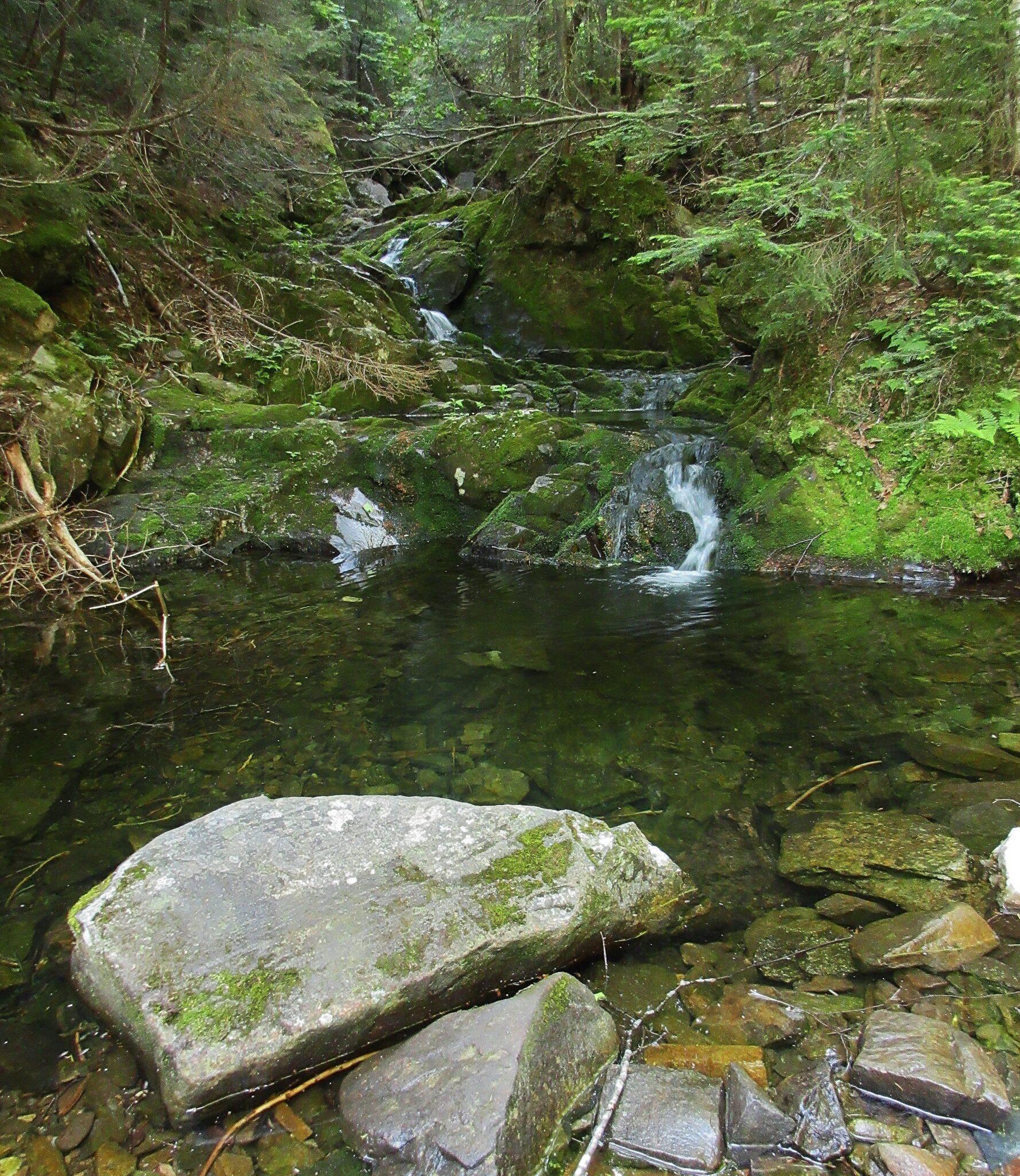
I walked on, but drowsiness from my sleepless night finally overcame me. I lay beside the trail where the forest floor formed a gentle cradle and closed my eyes for a comfortable doze.
After I awoke, I made my way down to the road and strolled back to my car, savoring the loveliness of the morning. At the Appalachian Trail junction, the sun shone through a lush green forest canopy. As I passed out of the A.T. corridor and onto a stretch where the roadsides were cleared, I found them resplendent with yellow and orange hawkweed, daisies and buttercups. The orange hawkweed blossoms struck me as small sunbursts, particularly appropriate for this season of light.


I got back to my cabin at midday. Hungry after my hike, I made pancakes with fresh Maine strawberries, topping them with maple syrup from a local sugarbush. I had envisioned a long afternoon nap as I floated on the pond in my packraft, basking in the sunshine. But a surprisingly fierce south wind blew up, gusting as high as 30 miles per hour, whipping the pond’s surface into waves that beat against my shore. This is Maine, after all. Anyone who slips into complacency about the weather is sure to get a comeuppance.
In the evening, the wind died down. I went for my first-of-the-year dip in the cool water. The skies had clouded over, and I exited the pond quickly when I saw lightning flash along the horizon. Feeling clean and fresh, I breathed the sweetness of hay-scented fern as I walked the path to the shelter of my cabin and the luxury of a night in my bed.
Eagle update: As followers of this blog know, I’ve been watching an eagles’ nest in a tall pine on the North Inlet of First Roach Pond, about four tenths of a mile from my cabin. I saw an adult eagle at the nest on April 9, the first time since 2017 I’d observed any activity there. Since then, I’ve gone back seven times. Five times, I’ve seen an adult flying or perching near the nest. On my last two visits, I’ve seen small patches of white excrement splattered on the ground below, suggesting that eaglets have hatched. On my last visit, I saw a juvenile eagle (one or two years old, based on pictures in my National Geographic bird guide) perching on or just above the nest; it soon flew away. I was puzzled by the presence of this adolescent bird, but I found a video in which a three-year-old eagle perched on the edge of an occupied nest, annoying the adult within. I’m hoping to catch a glimpse of a chick or two in the coming weeks!
My book Living Every Season: A Mindful Year in the Maine Woods is available for online ordering! Take a look: https://www.wendyweiger.com/photo-book/. It’s also for sale at several locations in Greenville, Maine: Northwoods Outfitters, the Corner Shop, Indian Hill Trading Post, and the Moosehead Historical Society. And in Monson, you’ll find it at the General Store as well as the Historical Society.


